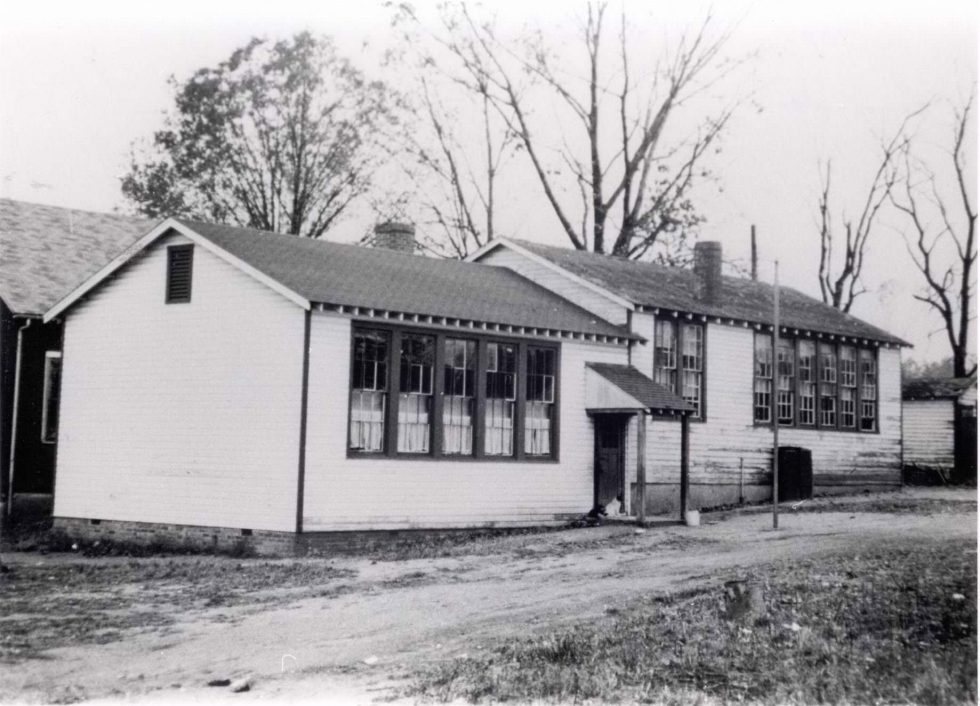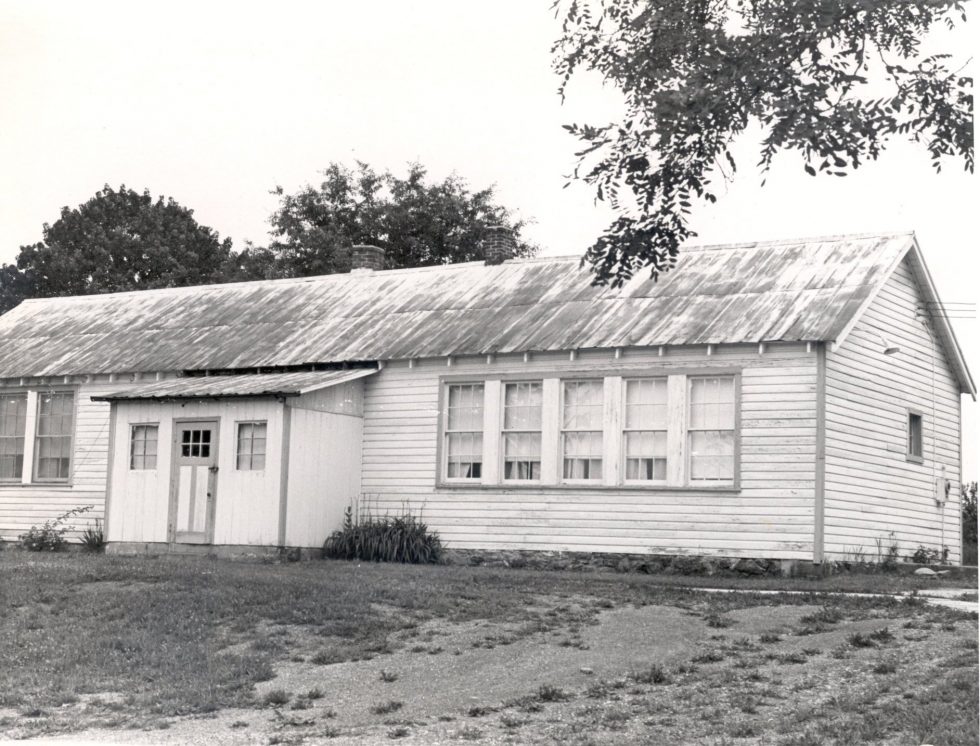The Effects of Brown vs. The Board of Education in Montgomery County
The Rosenwald Fund
In 1917, Julius Rosenwald, a director with Sears, Roebuck & Co., started a foundation to match funds raised for black schools in Southern states. Montgomery County’s Board of Education still did not contribute, but with the help of the Rosenwald Fund, black communities had to raise only half the money. Rosenwald schools – which were painted yellow, with brown trim – conformed to a standard of construction that was considerably higher than that of many existing schools. The fifteen elementary schools built in Montgomery County with Rosenwald funds were a far cry from the spacious brick buildings that housed white elementary schools, but were still an improvement over the one room shacks where so many African American children were taught.


Left:
Ken Gar School, Kensington, 1927.
The Kensington school, known as Ken Gar, opened in 1912. It was one of the four remaining “substandard schools” that were closed in 1955 as one of the first steps in the county’s desegregation.
Right:
Quince Orchard School, undated photograph.
Courtesy the Guy Jewell estate.
The first school at Quince Orchard opened in April 1874. In 1901, the building burned down. Over a year later an abandoned white school was finally opened for the community’s use. This building was constructed with the help of the Rosenwald Fund. In 1951, the school was closed and the students sent to one of the new consolidated schools.
